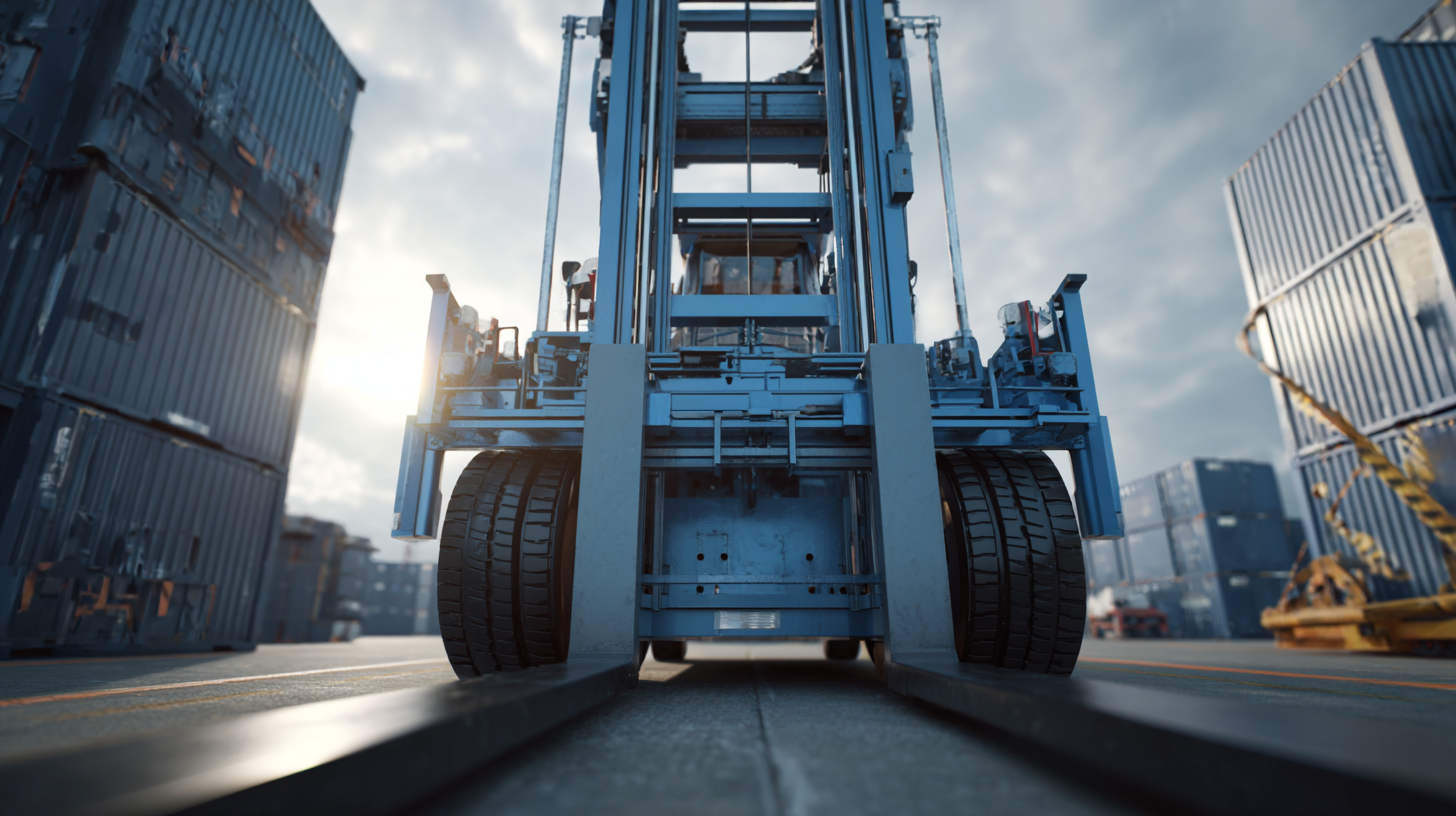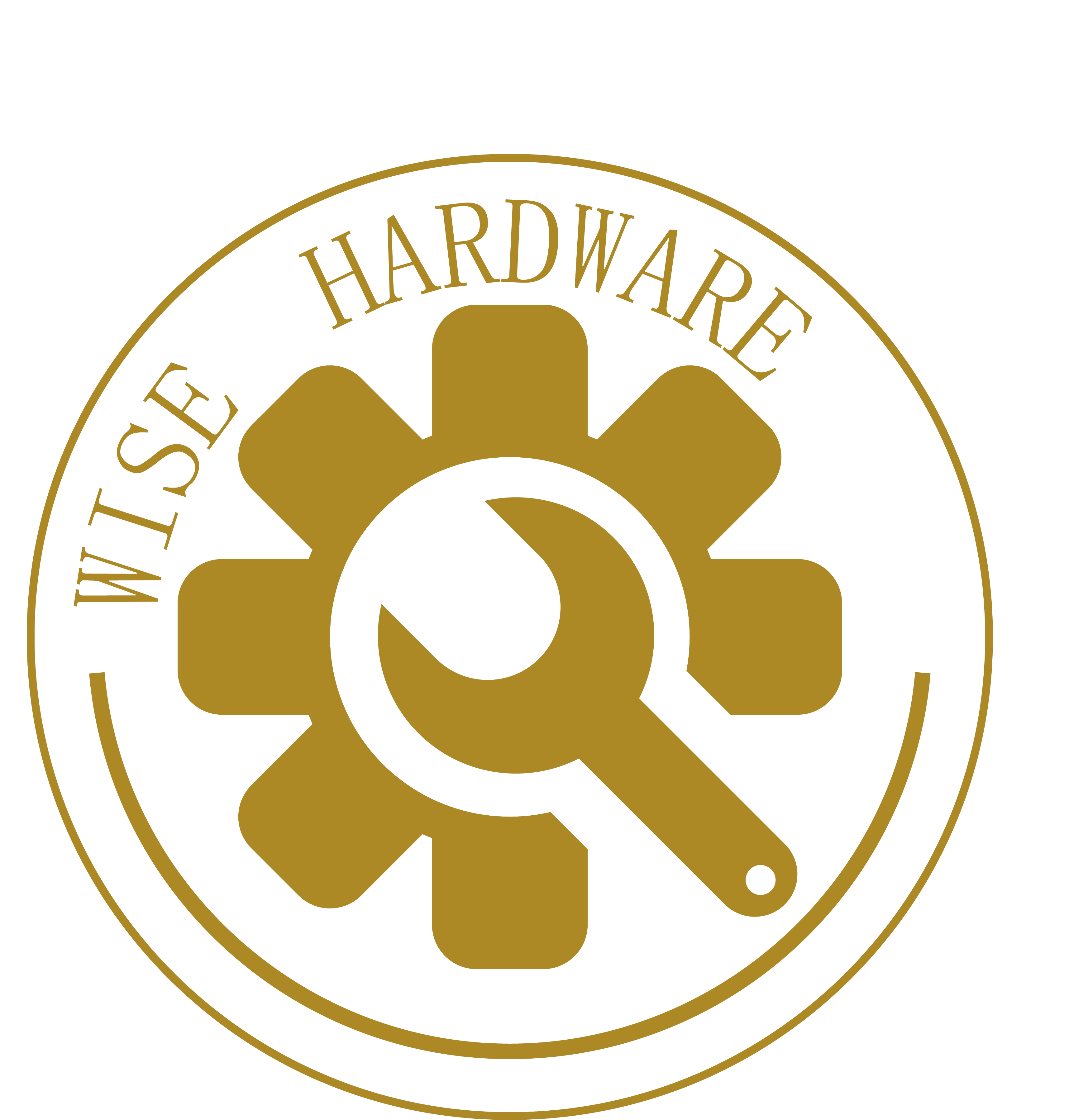Leave Your Message
As we approach 2025, the advancements in lift off hinge technology are set to reshape the global supply chain landscape. These essential components, often overlooked, play a critical role in the functionality and durability of various products, from doors to cabinets. Understanding how to choose quality manufacturers of lift off hinges is crucial for businesses aiming to enhance their operational efficiency and product reliability. With trends leaning towards automation and sustainable materials, it’s vital for companies to identify manufacturers that not only meet high production standards but also align with future demands. This blog will delve into the key factors influencing the selection of top-tier lift off hinge manufacturers, exploring innovations and market trends that will define the industry in the coming years.

The evolution of lift off hinge technology is set to transform the way industries approach design and functionality by 2025. As manufacturing processes become increasingly sophisticated, we can expect innovations that enhance durability, precision, and operational efficiency. Emerging materials, like advanced composites and lightweight metals, are likely to improve the performance of lift off hinges, making them both stronger and lighter. This shift will not only reduce production costs but also offer greater design flexibility in various applications across manufacturing and construction sectors.

Furthermore, the integration of smart technology into lift off hinges will revolutionize their application. By incorporating sensors and IoT capabilities, these hinges could provide real-time data on usage patterns, wear and tear, and maintenance needs. Such advancements will allow companies to implement predictive maintenance strategies, optimizing supply chain operations and minimizing downtime. As a result, industries will be better equipped to respond to shifts in demand and streamline their processes, leading to a more agile global supply chain by 2025.
The manufacturing industry is witnessing significant innovations in lift-off hinge technology that are set to revolutionize global supply chains by 2025. One of the most noteworthy trends is the integration of lightweight materials such as advanced polymers and aluminum alloys, which can reduce the overall weight of products by up to 30%. According to a recent report by Grand View Research, the global hinge market is expected to reach $6.5 billion by 2025, driven largely by these advancements in material sciences.

Moreover, smart manufacturing technologies are paving the way for enhanced functionality of lift-off hinges. The incorporation of IoT (Internet of Things) capabilities in hinge designs enables real-time monitoring and predictive maintenance, potentially reducing downtime by 15% or more in high-demand environments. As noted in a study by McKinsey & Company, companies that adopt smart manufacturing can achieve up to a 25% increase in operational efficiency. These innovations not only enhance performance but also offer manufacturers significant cost savings, underscoring the importance of evolving hinge technology in supply chain management.
The evolution of automation and smart technologies is set to revolutionize the hinge production sector by 2025. As industries increasingly adopt automated systems, the production of lift-off hinges is becoming more efficient and streamlined. Advanced robotics, supplemented by artificial intelligence, allow for precise manufacturing processes that drastically reduce human error. This not only enhances the quality of the hinges produced but also significantly speeds up the production cycle, enabling manufacturers to meet increasing global demand promptly.
Moreover, the integration of smart technologies such as IoT (Internet of Things) devices offers real-time monitoring and data analysis throughout the production chain. By leveraging data analytics, manufacturers can identify inefficiencies and optimize operations accordingly. Predictive maintenance powered by AI can foresee equipment failures, allowing for timely interventions that reduce downtime and maintenance costs. As the industry moves towards a more interconnected and automated future, these advancements will be pivotal in shaping the operational landscape of hinge production, promoting not only efficiency but also sustainability in supply chain management.
| Dimension | Current Value (2023) | Projected Value (2025) | Growth Rate (%) |
|---|---|---|---|
| Hinge Production Volume (Units) | 1,000,000 | 1,500,000 | 50% |
| Automation Utilization Rate (%) | 30% | 60% | 100% |
| Average Production Time per Unit (Hours) | 0.5 | 0.3 | -40% |
| Defect Rate (%) | 5% | 2% | -60% |
| Inventory Turnover Rate (Times per Year) | 4 | 6 | 50% |
As the global supply chain evolves, the hinge manufacturing industry is increasingly focusing on sustainable materials and practices to meet the demands of environmentally conscious consumers. According to a recent report by the Sustainable Furnishings Council, approximately 78% of consumers are willing to pay more for products made from sustainable materials. This shift is prompting manufacturers to explore alternatives such as recycled metals and biodegradable composites in hinge production. By 2025, it is projected that the use of sustainable materials will increase by over 40%, driven by both consumer demand and regulatory pressures.
Moreover, the integration of eco-friendly practices within the manufacturing process is essential for reducing the carbon footprint of hinge production. A 2023 study by the International Journal of Advanced Manufacturing Technology highlights that adopting renewable energy sources could decrease production emissions by up to 50%. The implementation of circular economy principles, where materials are reused and recycled, is also gaining traction, leading to improved efficiency and lower waste. With these advancements, the hinge manufacturing industry is not only positioned to enhance its competitiveness in the global market but also to contribute significantly to sustainability goals.
As the global supply chain continues to evolve, ensuring the quality and efficiency of hinge deliveries has never been more critical. Innovations in manufacturing technology and logistics are shaping the future of lift off hinges, necessitating a responsive and agile supply chain. Emphasis on real-time tracking systems and data analytics is rising, enabling manufacturers to monitor production processes closely and respond swiftly to any disruptions. This proactive approach not only improves the reliability of hinge delivery but also ensures that the end product meets the stringent quality standards expected by customers.
In addition, collaboration among supply chain stakeholders is becoming increasingly important. Partnerships between suppliers, manufacturers, and logistics providers can lead to streamlined processes and reduced lead times. By sharing information and best practices, these partners can optimize their operations, facilitating smoother transitions from production to delivery. As the demand for high-quality lift off hinges grows, such collaborative efforts will be paramount to maintain a competitive edge in the global market. Embracing new technologies while fostering strong relationships will be key to navigating the complexities of supply chain dynamics in the coming years.
